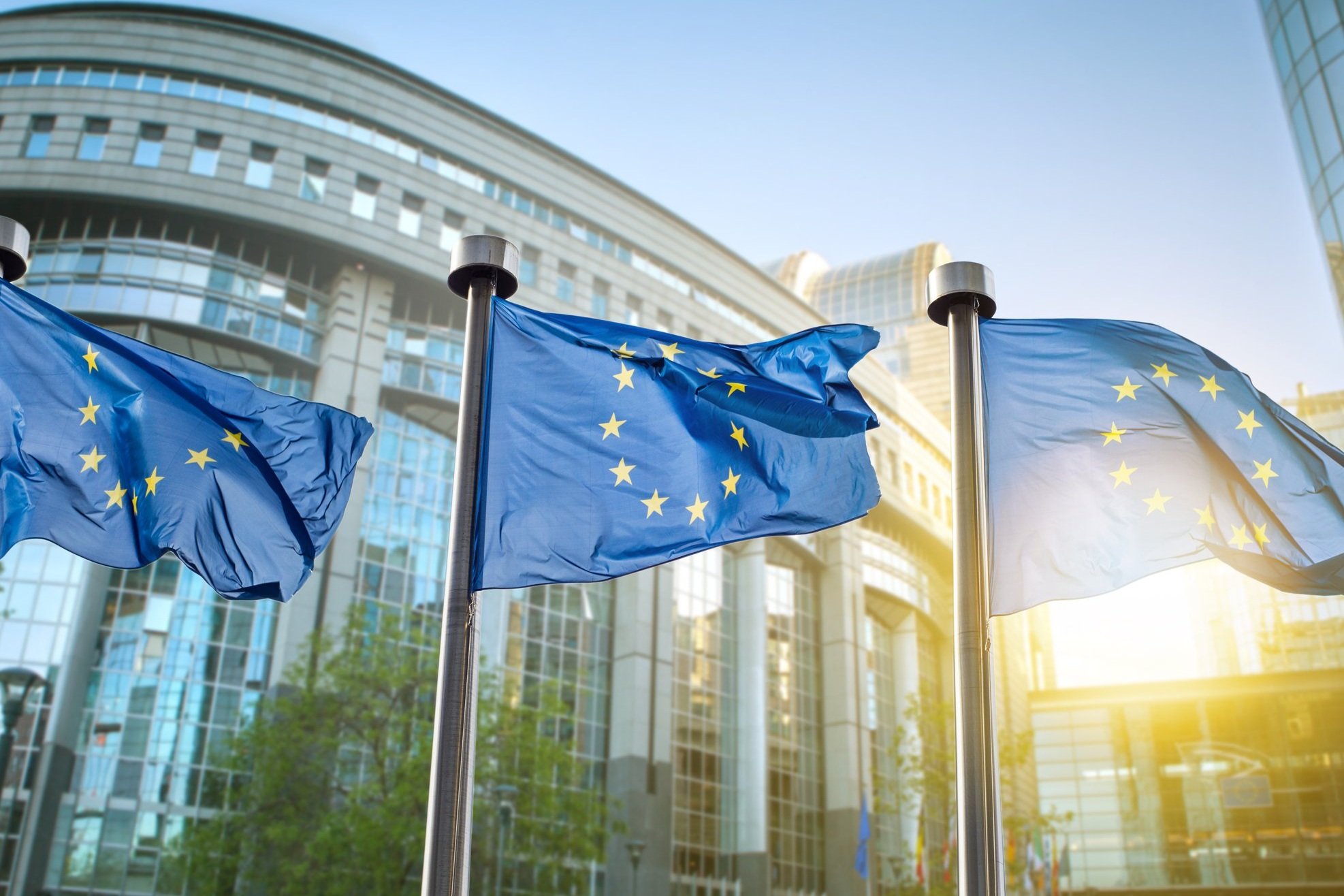AIFMs, UCITS management companies and MiFID investment firms are all impacted by the Sustainable Finance Disclosure Regulation (Regulation (EU) 2019/2088) (SFDR) which came into effect on 10 March 2021 on a phased basis.Fund managers were required to comply with SFDR Level 1 disclosure requirements by 10 March 2021. The European Commission has delayed implementation of the second phase of SFDR Level 2 disclosures until January 2023. This article examines what that means for AQMetrics clients and what has to be done by January 2023.
What is SFDR?
The directive is lengthy and filled with technical details. There are 18 mandatory principle adverse impacts statements (PAIS). These apply to firms of 500 employees or more. There are 13 regulatory technical standards to comply with. In October 2021 the ESMA introduced new obligations for product disclosures amid market concerns the current Article 8 and 9 categories could lead to an increase in greenwashing.Despite the delay it remains challenging for fund managers to determine which SFDR product classification is relevant for their fund and how best they can comply with the relevant disclosure requirements.
Article 8 (Light Green Funds) and 9 (Dark Green Funds) explained
Where a financial product complies with certain environmental, social or sustainability requirements and they are “promoted” in the investment policy, the product is subject to Article 8. Product names can be enough to form the basis of an Article 8 financial product. Article 8 financial products must disclose information on the Taxonomy Regulation environmental characteristics which the product promotes and a description of how and to what extent the underlying investments qualify as environmentally sustainable for the purposes of the Taxonomy Regulation and the proportion of investments which are environmentally sustainable. These products must also include a prescribed “do no significant harm principle” statement. Article 8 does not specify the composition of investments or minimum investment thresholds and eligible investment targets. It does not determine investment strategies, tools or methodologies.Article 9 financial products must disclose information on the environmental objectives of the Taxonomy Regulation to which the investment underlying the financial product contributes. A description of how and to what extent the investments underlying the financial product are in economic activities that qualify as environmentally sustainable under the Taxonomy Regulation must also be included. Article 9 financial products may invest in other investments for certain specific purposes such as hedging or liquidity. However, these investments have to meet minimum environmental or social safeguards to fit the overall sustainable investment objective. The product documentation must explain how the “mix” complies with the sustainable objective of the financial product. An Article 9(3) financial product with a reduction in carbon emissions objective, must track an EU Climate Transition Benchmark (EU CTB) or EU Paris-aligned Benchmark (EU PAB), where that benchmark exists. What this means in practice is unclear. It appears to exclude actively managed funds with an objective of a reduction in carbon emissions, for which an EU CTB or EU PAB exists, from the scope of Article 9(3).
The European Commission’s SFDR Q&A
On 26 July 2021, the European Commission published a Q&A seeking to clarify the application and implementation of the SFDR. The SFDR Q&A addresses the following:
- the application of SFDR to AIFMs
- PAIS reporting for firms of greater than 500 employees
- rules applicable to products falling under Article 8 and Article 9 including scoping and the meaning of ‘promotion’ of environmental or social characteristics; and
- the application of SFDR to MiFID portfolios
The unanswered questions
The publication of the European Commission’s SFDR Q&A is of importance for fund managers seeking to comply with the SFDR. Notwithstanding this, a number of questions remain unanswered.
- It is not clear if non-EU AIFMs marketing in the EU are subject to all entity and product-level SFDR rules.
- It remains unclear as to how to determine when a fund should be classified as Article 8.
- The broad definition of promotion means that use of words like “sustainable”, “sustainability” or “ESG” in the name of a fund is likely to bring the fund within the scope of Article 8. A list of words in the name of a fund that will give rise to Article 8 scope does not exist.
- It is not clear if the SFDR requires funds with a carbon emission reduction objective to align with the Paris Agreement objectives and, if so, whether the fund is required to replicate an EU Climate Benchmark, where available.
Recommended next steps
AQMetrics is advising its clients to start preparing their documentation in accordance with the draft RTS on a best endeavours basis. Complying with the SFDR regulation is a steep learning curve. Preparing the disclosures now ensures firms have well designed and implemented ESG integration and data-gathering processes before the 2023 deadline hits.





